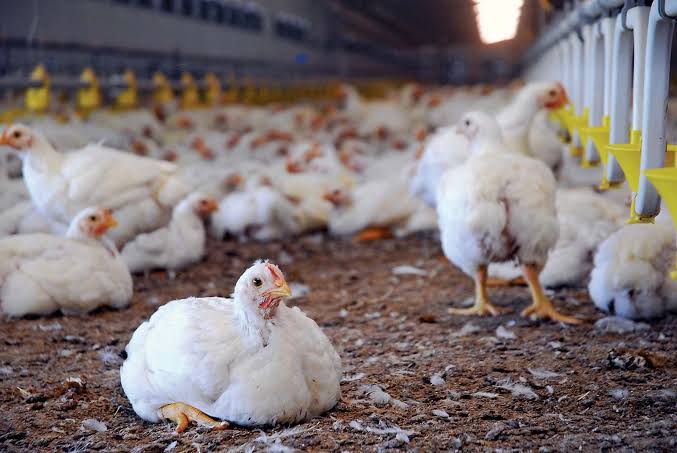10 practical ways to reduce antibiotic use in rearing your poultry birds
Extensive use of antibiotics in low doses in feed or through drinking water has brought global concern for creating resistant strains of bacteria and other micro-organisms in host animals. These drug-resistant bacteria or ‘superbugs’ are becoming a risk to human and animal health.
Drug resistance is not new. It was first observed soon after the introduction of antibiotics, many years ago.
 Learn More
Learn More
Our responsibility as food animal industry farmers, government regulators, and pharmaceutical industries is to address the wanton use of antibiotics. It is in the interest of poultry meat and egg consumers that the major industry players maintain the security of supply of the Kenyan population with healthy, inexpensive, safe meat and eggs with zero antibiotic residues. Here are 10 ways farmers can achieve this noble venture.
1. Buy your chicks from disease- free parents
Maternally inherited or transferred diseases to newborn young chicks from parents are just as common as in other animals. Members of salmonella micro- organisms, mycoplasma and chicken anaemia can easily cross over into hatching eggs and affect day-old chicks.
To have a clean start, buy your chicks from disease-free parents. This will save you money and time from treating chicks soon after arriving on the farm.
2. Do not overstock (control stocking density)
The caretaker must provide the correct stocking density for the type and age of the birds as they grow into productive age. Overcrowding leads to competition for feed and water, resulting in outbreaks of diseases and stress.

3. Avoid multi-age flock production system
Farmers should manage birds of a single age on the same site. This is known as an ‘all-in-all-out’ programme. Managing different ages near one another is a recipe for problems. It makes vaccination and cleaning difficult and less effective, leading to the use of antibiotics to control health-related.
READ ALSO 10 Critical Things that can Lead to Unexpected Losses in Broiler Farming Business
4. Keep disease-resistant breeds
The use of slow-growing breeds like Kenbro that are disease-resistant is gaining currency in the market. These strains are bred to produce dual-purpose, black, red, brown, and barred feathered birds for free-range systems. Their parents are selected for growing ability, viability, and efficient egg production.
5. Up your bio-security levels
Biosecurity involves putting in place measures to prevent disease-causing pathogens from entering the poultry coop. This can be done by creating barriers like fencing, showering and changing into clean uniforms and boots before flock visits.
6. Practice sound management skills
Stockmanship is the positive human interaction between the chickens and their environment with all the physical senses of feel, taste, smell, hear and sight. A good stockman will always be in tune with and aware of the flocks in their environment. Provide adequate nutrition, water, a comfortable environment, bedding and light for the optimal growth and development of the flock.
READ ALSO The best Biosecurity program for poultry broiler production
7. Vaccinate flocks accordingly
Vaccination prepares birds for a possible field challenge of disease by exposing them early to a similar form of the disease-causing organism (antigen). Vaccination programme varies with the type of bird and the region. Competent veterinary health experts should do the vaccination.
8. Use antibiotics on prescription only
If a disease occurs in a flock, veterinary help should be preferred, and a prescription done, after establishing the true nature of the disease by way of postmortem examination and microbiological analysis. Antibiotics should not be used as growth promoters or as preventive doses in the event of no clinical manifestation of a disease.
ATTENTION: Click “HERE” to join our WhatsApp group and receive More updates directly on your WhatsApp!
9. Cleaning and disinfection
This starts with a well-thought-out cleaning and disinfection process after the removal of the old litter. You must use plenty of water and detergent and follow with terminal disinfection with a potent disinfectant applied based on the manufacturer’s recommendations. Monitoring the effectiveness of cleaning and disinfection procedures ensures that chicks are placed in a clean environment and remain healthy and productive through depletion
10. Practice water acidification
Water is an essential element in nutrition, but it can also be a large source of infection and disease. Taking care of the water supply is vital for having a healthy and well-performing flock. Water should be acidified to PH 3.5-4.0 to achieve a low bacterial load in the gut.














